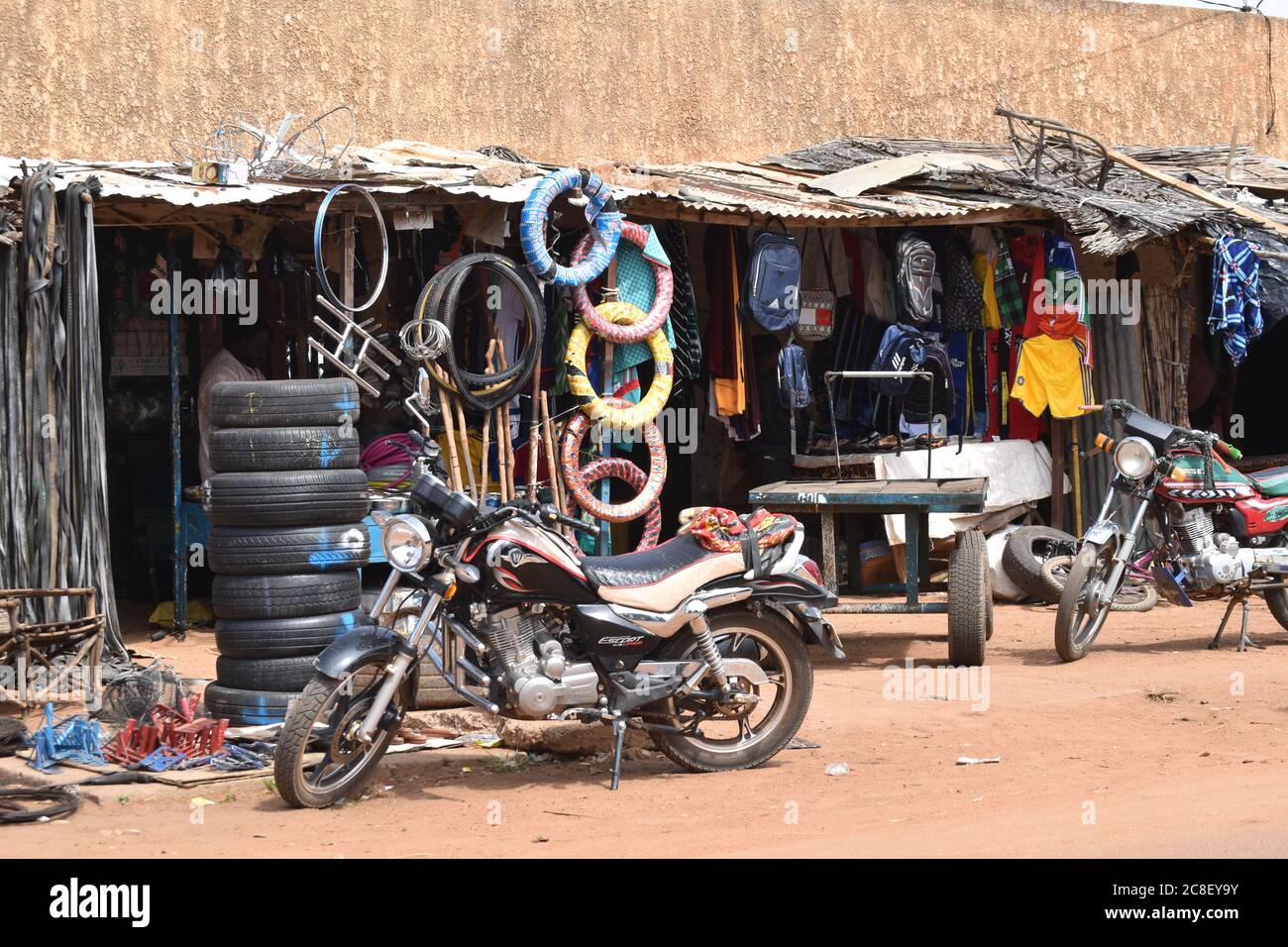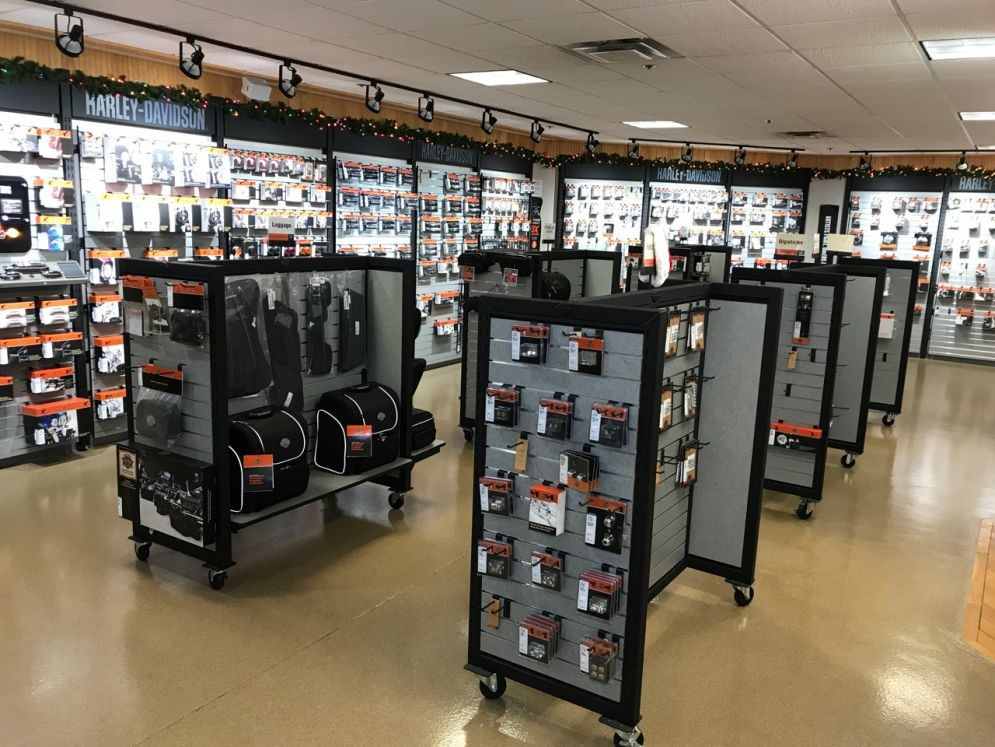Must-Have Motocross Gear: Elevate Your Riding Experience Today
Must-Have Motocross Gear: Elevate Your Riding Experience Today
Blog Article
Comprehending the Crucial Parts of a Motorbike: A Comprehensive Guide for Lovers
For bike enthusiasts looking to boost their riding experience and ensure their bikes run smoothly, recognizing the vital elements of a motorbike is critical. Each aspect, from the engine's detailed operations to the critical duty of the stopping devices, not only affects efficiency but likewise safety and security and comfort.
Engine Parts

The camshaft plays a critical function in regulating the timing of the engine's shutoffs, making sure the precise opening and closing needed for effective fuel and air consumption, along with exhaust expulsion. This timing is crucial to keeping ideal engine efficiency and efficiency. Furthermore, the carburetor or gas injection system, depending upon the motorcycle version, is accountable for blending air with fuel in the correct ratio for combustion.
The cooling system, either air or liquid-based, works to maintain the engine's temperature level within functional limitations, stopping overheating and making certain long life - motocross gear nz. Each part, diligently developed and incorporated, contributes to the smooth procedure of the engine, specifying the motorbike's power result and total efficiency
Transmission System
Essential to the motorbike's capability, the transmission system guarantees reliable power transfer from the engine to the wheels. This system comprises numerous critical components, consisting of the clutch, gearbox, and final drive, each playing an essential duty in equating the engine's power into activity. The clutch, generally operated by a hand lever, offers to involve and disengage the engine from the transmission, permitting smooth gear changes and regulated velocity.
The gearbox, typically described as the transmission appropriate, contains a set of equipments that motorcyclists can by hand change via to readjust the bike's speed and torque output. These equipments are arranged in a series that makes it possible for the bike to increase smoothly and keep ideal engine efficiency throughout different rates. A lot of motorbikes utilize a consecutive transmission, calling for the biker to shift gears in an established order.
Braking Systems
While recognizing the transmission system is key to utilizing a motorcycle's power, equally important is the capability to regulate and quit that power efficiently, which is where stopping mechanisms enter play. Brakes are important for safety and efficiency, offering the motorcyclist with the essential control to browse numerous terrains and conditions. Typically, motorcycles include two sorts of stopping systems: disc brakes and drum brakes.
Disc brakes are extra common in modern-day motorbikes as a result of their superior efficiency. They contain a brake disc, caliper, and pads. When activated, the caliper presses the brake pads versus the rotating disc, transforming kinetic energy into heat, thereby slowing down the wheel. This system supplies much better warmth dissipation, consistent performance, and boosted stopping power, specifically in wet problems.
On the other hand, drum brakes, though less usual, are still found in some motorbikes. They function by pressing brake shoes against the inner surface area of a drum affixed to the wheel. While normally much less reliable in warm dissipation and stopping power, drum brakes are easier and much more economical.
Comprehending these stopping systems' subtleties permits bikers to maintain their motorbikes properly and appreciate the engineering that guarantees secure and reliable quiting.
Suspension and Guiding
Suspension and steering systems are vital parts that significantly influence a bike's handling and trip comfort. The suspension system, being composed of forks at the front and shock absorbers at the rear, absorbs road irregularities, boosting security and control. Front forks, upside down or usually telescopic, compress and rebound to reduce effects, while rear shock absorbers maintain tire contact with the road, essential for traction and safety.
Guiding, centered around the handlebars, links the biker to the bike's directional control. The guiding head bearings guarantee smooth operation, enabling specific ability to move. Correct alignment and maintenance of these bearings are essential for foreseeable steering action and lowering motorcyclist exhaustion.
The suspension's adjustability is another vital aspect; preload, damping, and rebound setups permit personalization to fit various riding designs and problems. This versatility is important for maximizing efficiency, whether navigating city streets or tackling sturdy routes. Advancements like digital suspension systems provide real-time modifications, improving experience quality throughout diverse terrains.

Electrical Equipments
After guaranteeing a smooth and controlled trip via effective suspension and guiding systems, interest transforms to the electrical systems, an essential aspect of contemporary bikes. These systems play a critical function not just in starting the engine however also in powering numerous parts that boost the performance and safety of the motorcycle.
At the heart of a bike's electrical system is the battery, which shops electrical energy necessary for beginning the engine and powering complementary systems - motorbike shop. The published here alternator or generator, paired with the rectifier-regulator, makes certain the battery stays billed while the motorcycle functions, transforming power right into electrical energy and preserving voltage degrees
The weblink ignition system, another important part, is responsible for stiring up the air-fuel mixture in the engine's cylinders. Modern motorbikes often utilize an electronic ignition system, using greater effectiveness and dependability contrasted to standard systems.
Lights systems, including headlights, tail lights, and indications, are also crucial, making certain presence and safety and security for the cyclist. Extra electronic elements such as sensors, control devices, and presents add to innovative attributes like gas shot management, anti-lock braking systems (ABS), and digital dashboards, further boosting the riding experience.
Conclusion
A comprehensive comprehension of a motorbike's crucial elements, including the engine, transmission system, stopping mechanisms, suspension, guiding, and electrical systems, is indispensable for fanatics intending to enhance security, performance, and convenience. Mastery of these elements permits for educated decisions pertaining to maintenance and upgrades, inevitably enhancing the riding experience. By integrating this understanding, motorcyclists can ensure their bikes run at peak performance and dependability, thus taking full advantage of both pleasure and long life of their vehicles.
For motorbike lovers looking to elevate their riding experience and ensure their bikes run smoothly, recognizing the essential components of a motorbike is extremely important.Integral to the motorcycle's try this website performance, the transmission system makes sure reliable power transfer from the engine to the wheels.While recognizing the transmission system is key to taking advantage of a motorbike's power, equally crucial is the capability to control and stop that power properly, which is where stopping systems come right into play. Typically, motorbikes include two types of braking systems: disc brakes and drum brakes.
A thorough comprehension of a motorbike's essential components, including the engine, transmission system, braking systems, suspension, guiding, and electric systems, is essential for fanatics intending to maximize safety, performance, and comfort.
Report this page